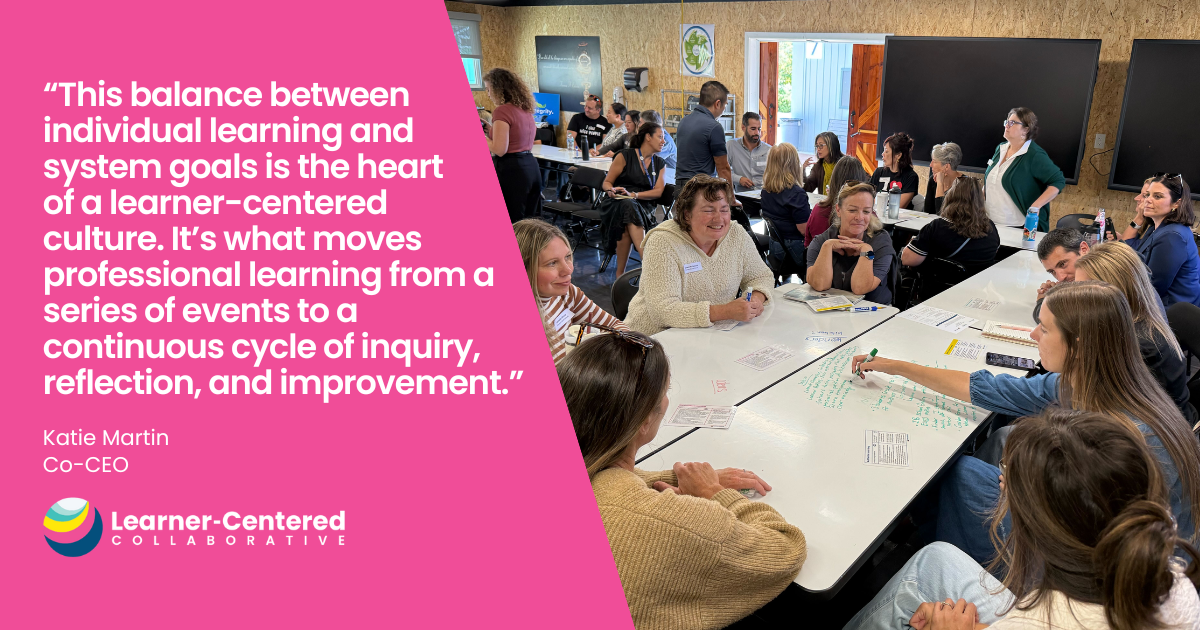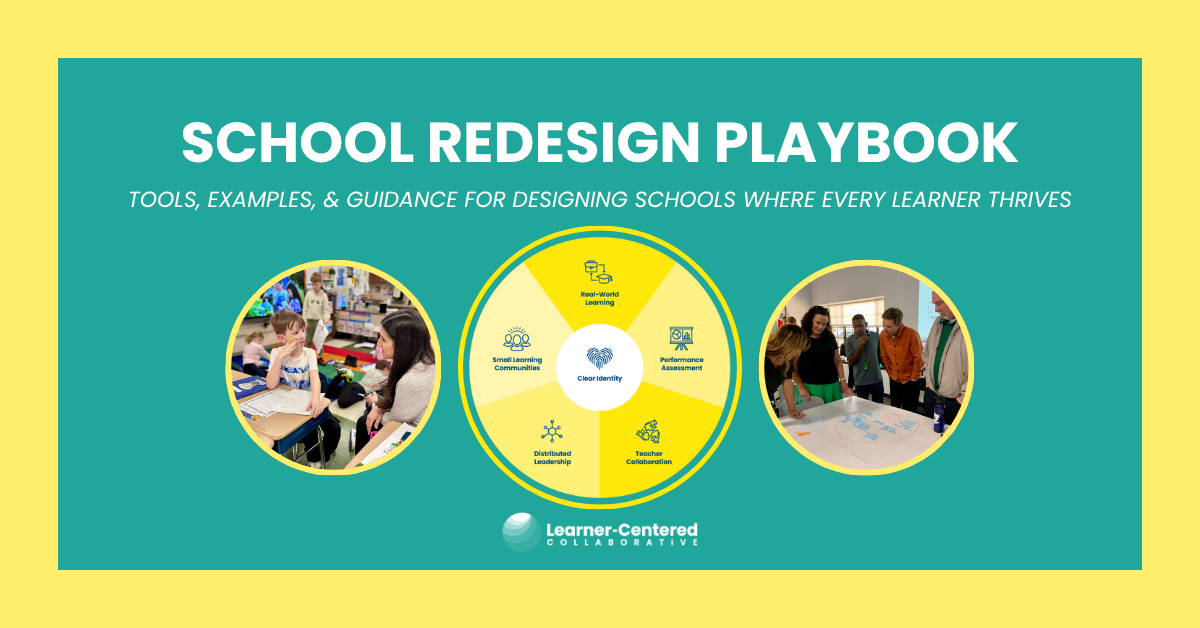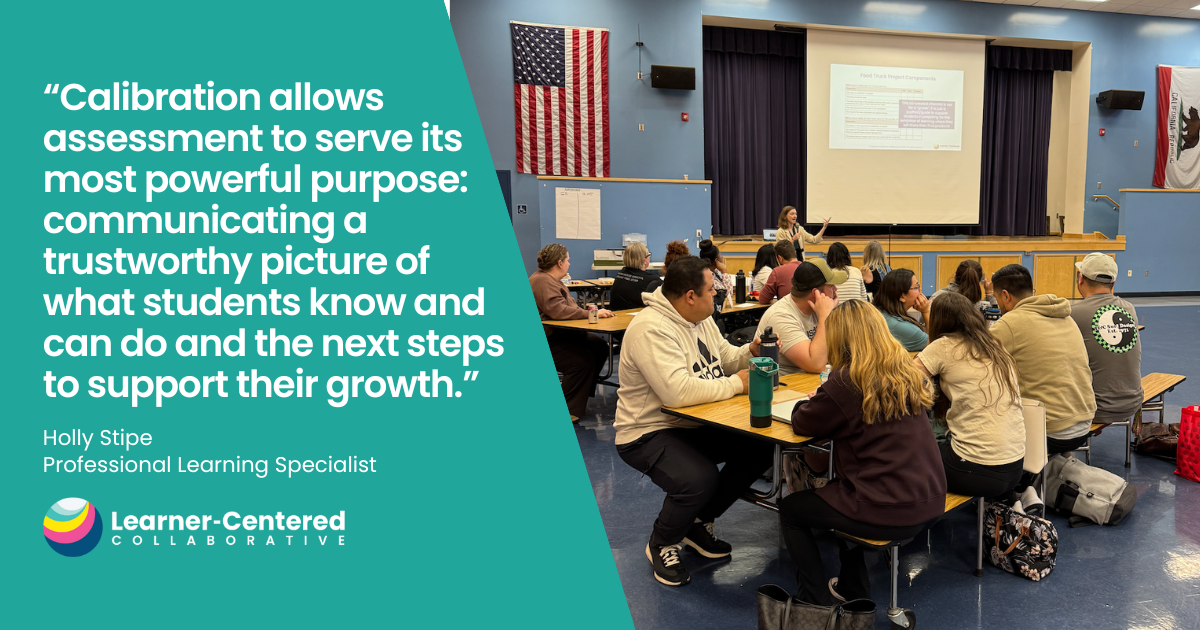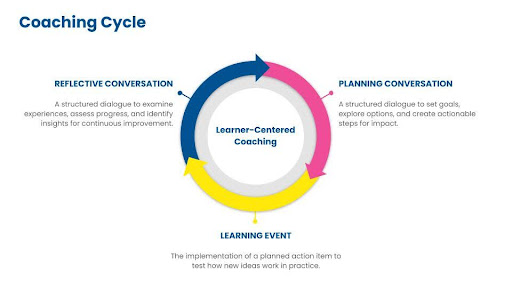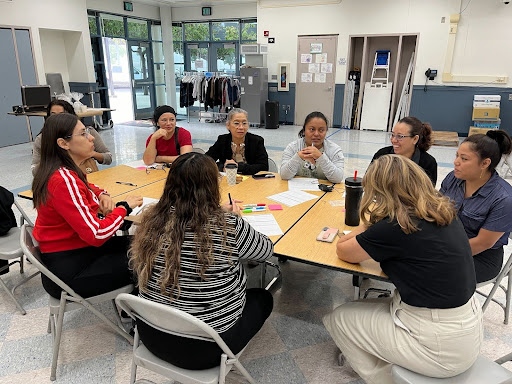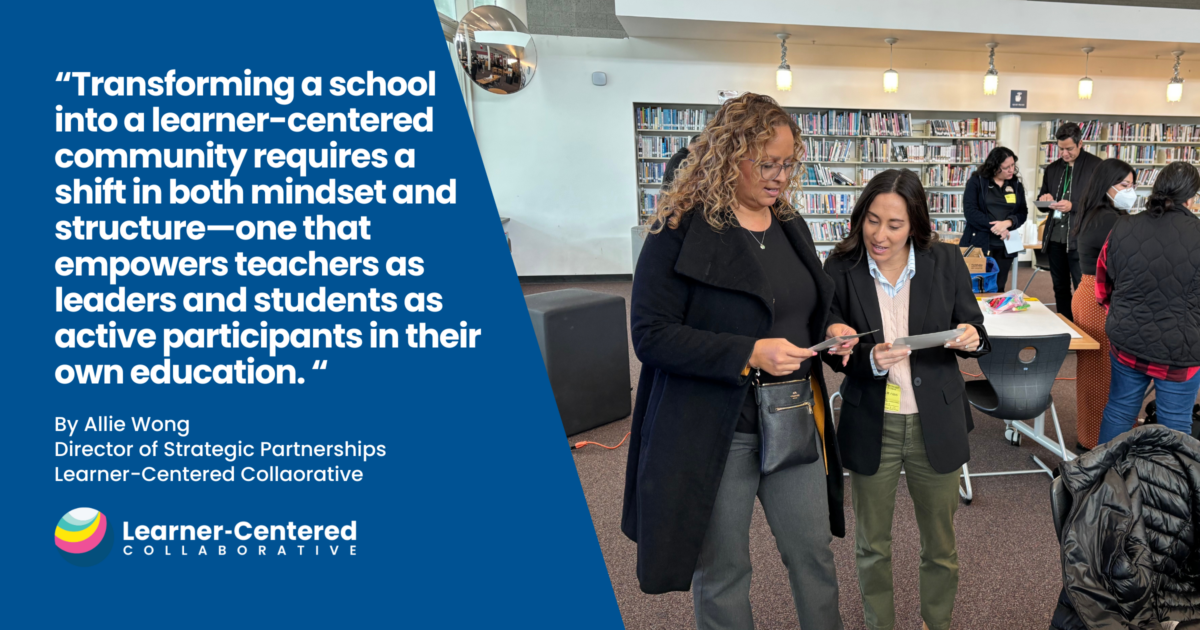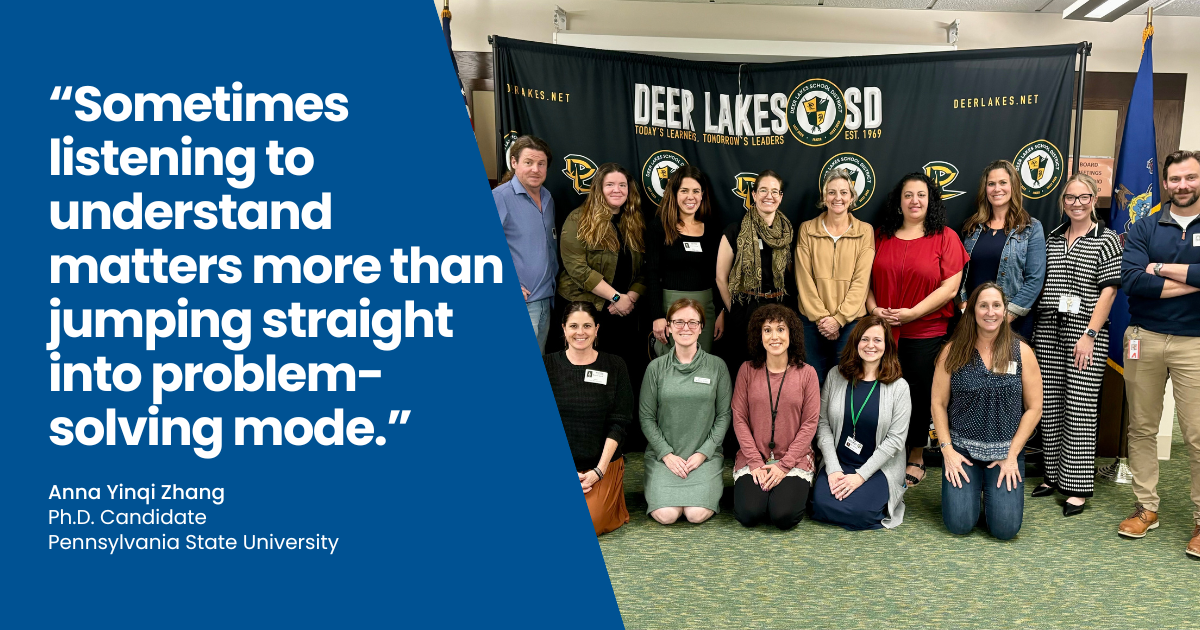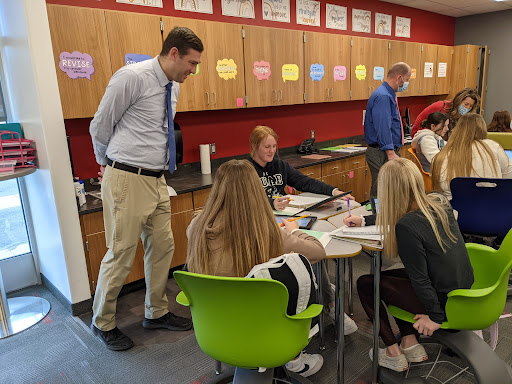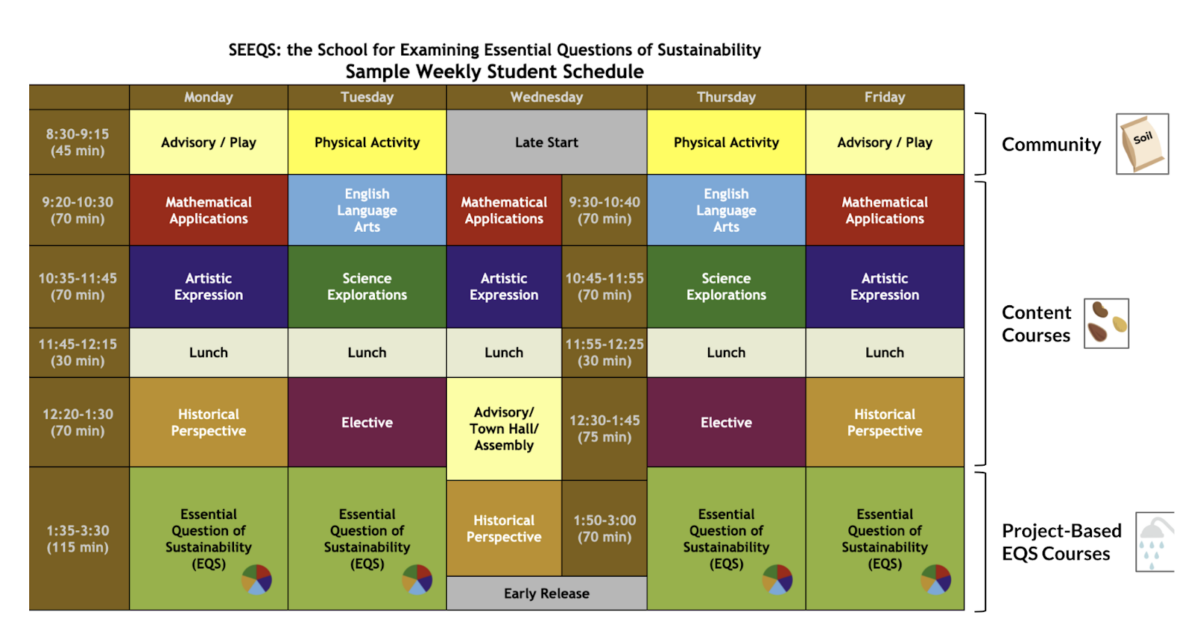Blog
From Training to Professional Learning: Building a Learner-Centered Culture for Educators
For decades, Professional Learning has mirrored the same traditional, school-centered model it seeks to change: experts deliver information, teachers passively receive it, and hours or seat time serve as the measure of learning. These same structures often show up in classrooms, perpetuating a cycle of compliance rather than curiosity. To create deeper, more meaningful…
Publications
School Redesign Playbook
For more than a century, schools have been shaped by an industrial-era model built for efficiency, standardization, and compliance. While that design achieved many of its original aims, it has not met the needs of all learners, and it no longer prepares young people for a rapidly changing world. In addition to content knowledge,…
Blog
The Power of Why: How Assessment Philosophies Drive Calibration for Meaningful Change
“This feels overwhelming.” “We are moving towards something tangible and realistic.” “This is amazing – we got this.” These reflections, shared by educators, capture the spectrum of emotions that surface when rethinking assessment and grading practices. One names the challenge of stepping into something new, another lifts up the promise of what’s possible, and…
Blog
Designing for What Matters Most: How Unit Design PD Brings Our Learner Profile to Life
By Chad Mabery, Ed.D., Assistant Superintendent of Instructional Services at Laguna Beach Unified School District “Have you ever taught a unit of study that students just don’t seem to enjoy? Do you have a unit of study that you dread teaching every year? We’ll pay you to redesign it!” That’s the sales pitch through…
Big Moves
Coaching and Mentoring Programs
Overview: Transforming schools into learner-centered environments begins with investing in the people closest to students– teachers. Coaching and mentoring are not just supports– they are catalysts for lasting change. When educators are supported to reflect, take risks and grow in community with one another, they develop the confidence and skill to design experiences where…
Big Moves
Communication Plan
Overview: Finding ways to communicate the Framework for the Future (or Portrait of a Learner and Strategic Plan) after the initial launch is crucial for ongoing success. This includes ongoing transparent communication, storytelling that highlights the bright spots and feedback loops that center the voices of learners and continue to build relational trust amongst…
Blog
Lessons From a Principal: What it Takes to Build a School Where Students Drive Their Own Learning
Creating a school where students take ownership of their learning is a transformative journey that requires vision, commitment, and a willingness to rethink traditional structures. For students to truly be the leaders of their own learning in the classroom, schools must first be led by empowered teachers. When teachers have autonomy, support, and structures…
Blog
The Impact of Innovation Cohorts: A Research-Based Perspective on Educator Growth
Written by Anna Yinqi Zhang, Ph.D. Candidate at Pennsylvania State University. Through the inaugural Learner-Centered Assessment Fellowship, Digital Promise and Learner-Centered Collaborative brought together early-career scholars, education partners, and mentors to explore the potential of collaboration and culturally responsive approaches to educational assessment. As a final reflection and celebration of their work, each of…
Big Moves
Professional Learning Plan
Overview A truly learner-centered school models the same principles for all learners, including educators. Developing a professional learning calendar and plan aligned with the Learning Model ensures that educators experience the agency, collaboration and authentic application they are fostering in their classrooms. By incorporating educator voice, practice-based professional learning and ongoing cycles of reflection,…
Big Moves
Master Schedule Redesign
Overview School-centered schedules often focus on compliance and efficiency over learning. Students move through the instructional day, most often dictated by bells, learning content in isolation. In a learner-centered system, time is prioritized to ensure that a school day provides opportunities for learners to engage deeply in meaningful work that supports their progress toward…
